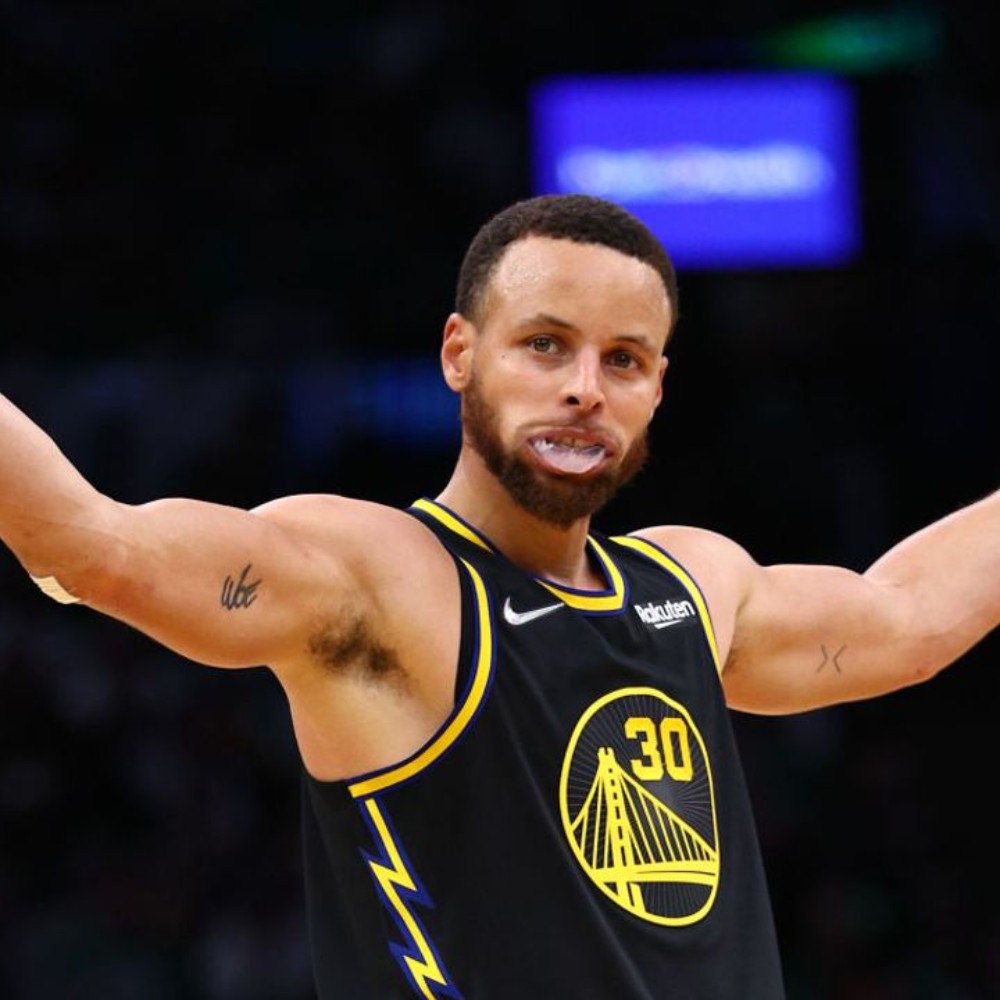How Long Is Halftime, Quarters, and Time Out in NBA? Know the Difference Between Playoffs and Regular Season
Let's understand the basic aspects of an NBA game like quarters, halftime, timeouts, and the differences between the regular season and playoff formats. Read on!

NBA games are followed by basketball fans worldwide. However, if you're new to the sport, the rules can be confusing. Let's go over the basics of an NBA game, including the quarters, breaks, timeouts, and how things work in the playoffs.
The Game Clock
Quarters: An NBA game is divided into four 12-minute periods, called quarters. Think of them as rounds.
Halftime: There's a 15-minute break in the middle for players to rest and coaches to strategize. The team that's ahead at the end of each quarter and halftime is in the lead.
Timeouts: Timeouts are short pauses where coaches can huddle with their players, plan tactics, or make substitutions. Each team gets a set number of timeouts per half (more during the regular season). Timeouts are crucial in close games!
Regular Season vs. Playoffs:
The Regular Season is made up of 82 games with teams facing each other multiple times. Whereas, the playoffs are a whole different story. It's a single-elimination tournament where the pressure is really on! Here's what changes:
Fewer Timeouts: Coaches only get six timeouts per half in the playoffs, so they have to use them wisely.
Free Throws Matter More: In the final minutes and overtime, free throws become even more crucial. Players get a "one-and-one" chance, which adds extra tension.
Overtime with No Limits: If the game is tied after the regular quarters, it goes into overtime periods of five minutes each. And there's no limit to how many overtimes there can be until a winner emerges.
FYI, the NBA game clock doesn't stop for only quarters and timeouts. It also pauses for fouls, players leaving the court, and coach challenges that use replays. The length of these pauses can vary depending on the specific situation.
In the NBA, timeouts and halftime often last longer than expected. Players need that time to recharge, get some water, and maybe check for any minor injuries. Meanwhile, coaches are busy planning, and figuring out how to adjust their strategy for the rest of the game.
Why are timeouts and halftime so long in the NBA?
Halftime is 15 minutes long to give players a chance to fully recover. Timeouts, which can vary from around 2 minutes and 45 seconds to 3 minutes and 15 seconds, are like short breaks where coaches can make quick changes. It involves designing new plays, giving the team a motivational speech, or shuffling the lineup to keep things fresh.
However, those longer timeouts also have to do with commercial breaks. They're a way for the league and broadcasters to make some money. And halftime isn't just about players getting some Gatorade; it's also prime time for in-arena entertainment, like performances and interviews, to pump up the crowd.





 JOIN OUR WHATSAPP CHANNEL
JOIN OUR WHATSAPP CHANNEL







































































